Lhasa mountains to be upgraded with latest round of afforestation
Updated: 2023-10-18 By Palden Nyima in Lhasa (chinadaily.com.cn)  Print
Print 


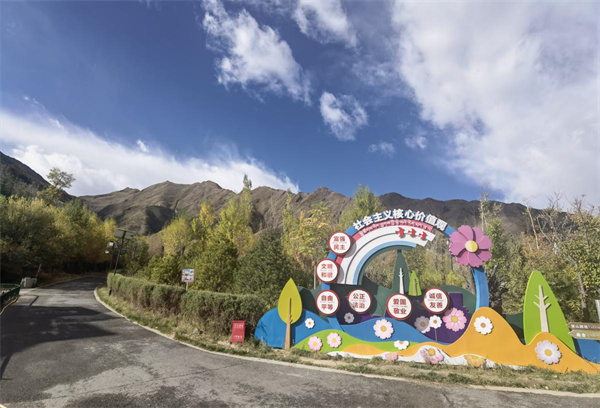
Launched in 2021, the afforestation project in the northern and southern mountains of Lhasa, Tibet autonomous region, aims to turn the capital city into a greener, more ecological and livable place for its residents. [Photo by Wang Jing/chinadaily.com.cn]
The latest round of an afforestation project will see the planting of various trees on more than 137,000 hectares of land on mountains near Lhasa, capital of the Tibet autonomous region, by 2030, according to the city's bureau of forestry and grassland.
Once the afforestation project is completed in 2030, the area is expected to generate an annual ecological value of more than 1.4 billion yuan ($191 million). This amount will be achieved thanks to the area producing a water storage capacity of about 49.8 million metric tons, a carbon sequestration capacity of about 229,100 metric tons, an oxygen release capacity of 193,000 metric tons, and a fertilizer retention capacity of 27,100 metric tons.
Launched in 2021, the afforestation project in the northern and southern mountains of Lhasa covers nine counties and districts and 35 townships around Lhasa.
Li Baoping, an official of the bureau, said the project aims to turn the capital city and its surrounding areas into a greener, more ecological and livable place for its residents.
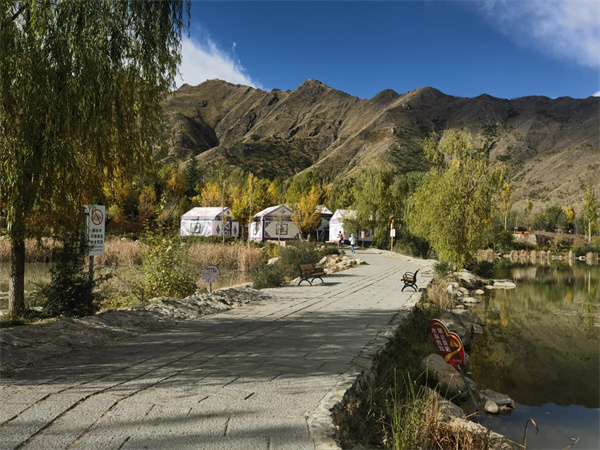
Launched in 2021, the afforestation project in the northern and southern mountains of Lhasa, Tibet autonomous region, aims to turn the capital city into a greener, more ecological and livable place for its residents. [Photo by Wang Jing/chinadaily.com.cn]
"Besides making Lhasa a more ecologically livable place for people, the afforestation also provides job opportunities, and nearly 1 billion yuan has been paid to workers involved in the project," said Li.
Jamtso, a professor from Tibet University, said that when she came to work in Lhasa ten years ago, she found it difficult to find a hiking spot, but thanks to the afforestation project of the city in recent years, now both the locals and tourists choose to hike in the city's Nanshan Park.
"From the park, we can have a better view of the whole city, especially the beauty of the Potala Palace, and it has become a hot spot for both tourists and locals," said Jamtso.
"The huge ecological value is great, but even more importantly us local residents have gained more happiness and satisfaction by seeing trees on the mountain slopes," she added.
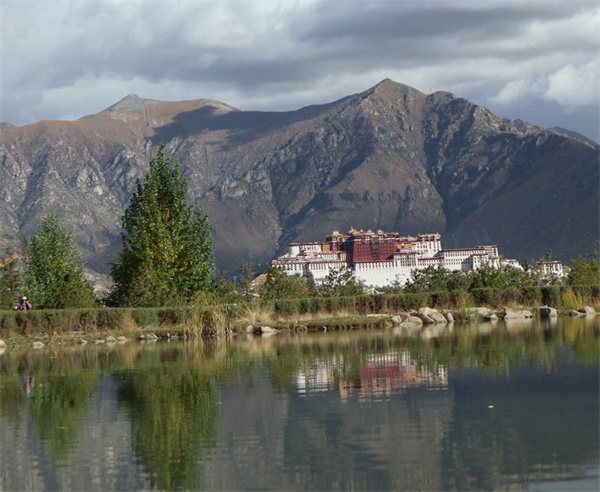
Launched in 2021, the afforestation project in the northern and southern mountains of Lhasa, Tibet autonomous region, aims to turn the capital city into a greener, more ecological and livable place for its residents. [Photo by Wang Jing/chinadaily.com.cn]
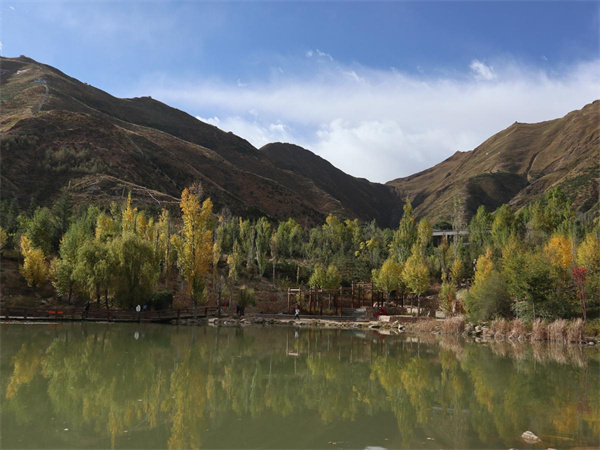
Launched in 2021, the afforestation project in the northern and southern mountains of Lhasa, Tibet autonomous region, aims to turn the capital city into a greener, more ecological and livable place for its residents. [Photo by Palden Nyima/chinadaily.com.cn]
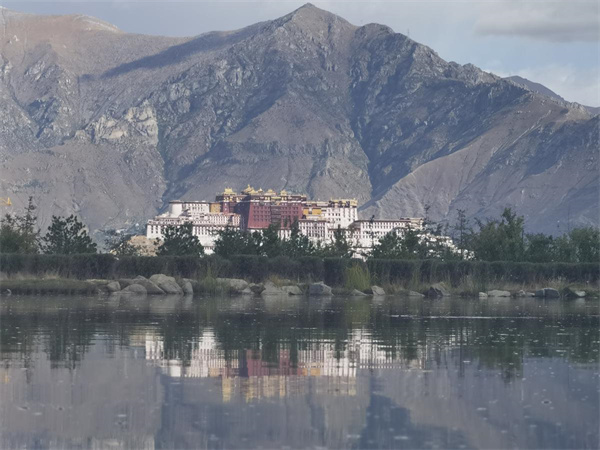
Launched in 2021, the afforestation project in the northern and southern mountains of Lhasa, Tibet autonomous region, aims to turn the capital city into a greener, more ecological and livable place for its residents. [Photo by Palden Nyima/chinadaily.com.cn]








